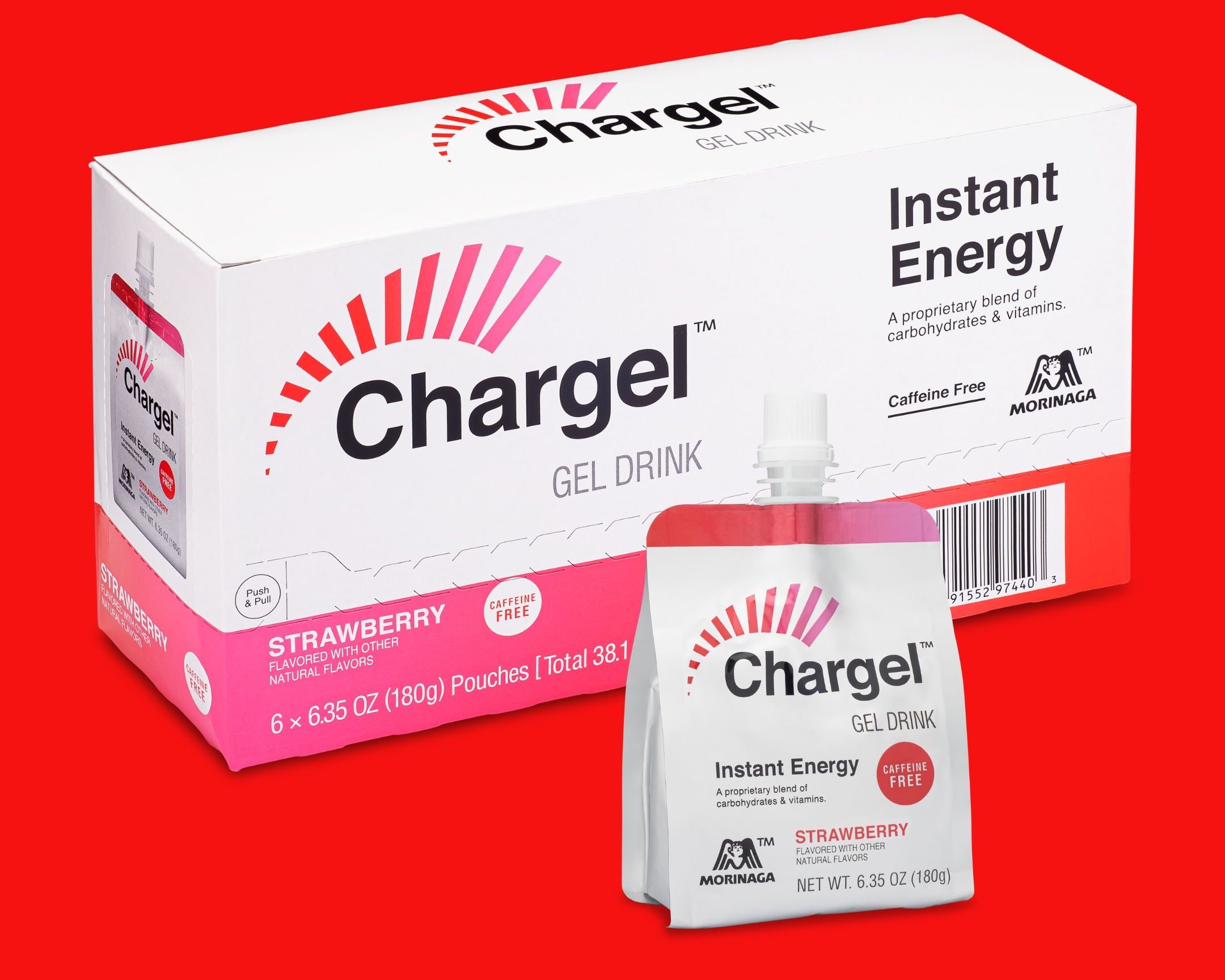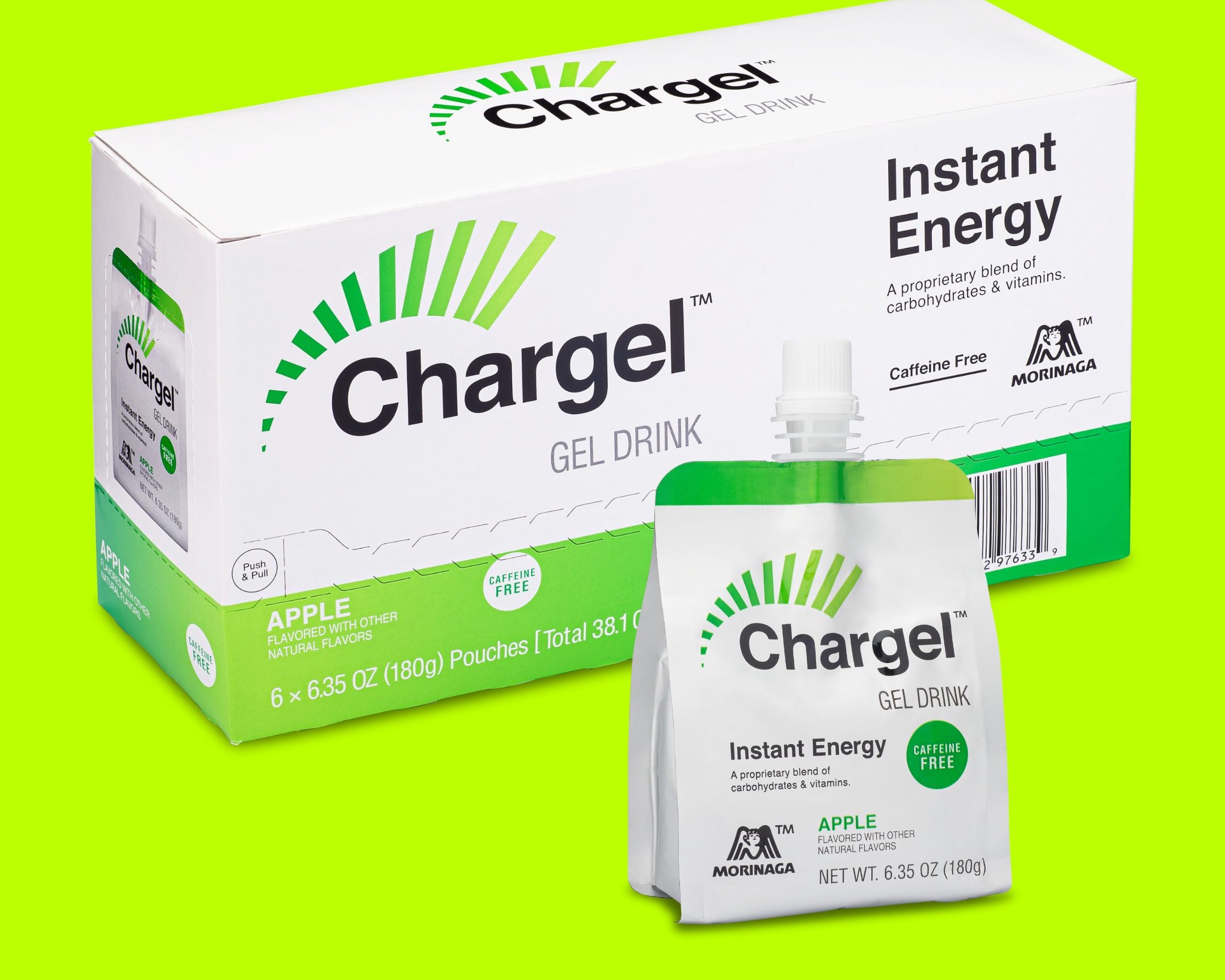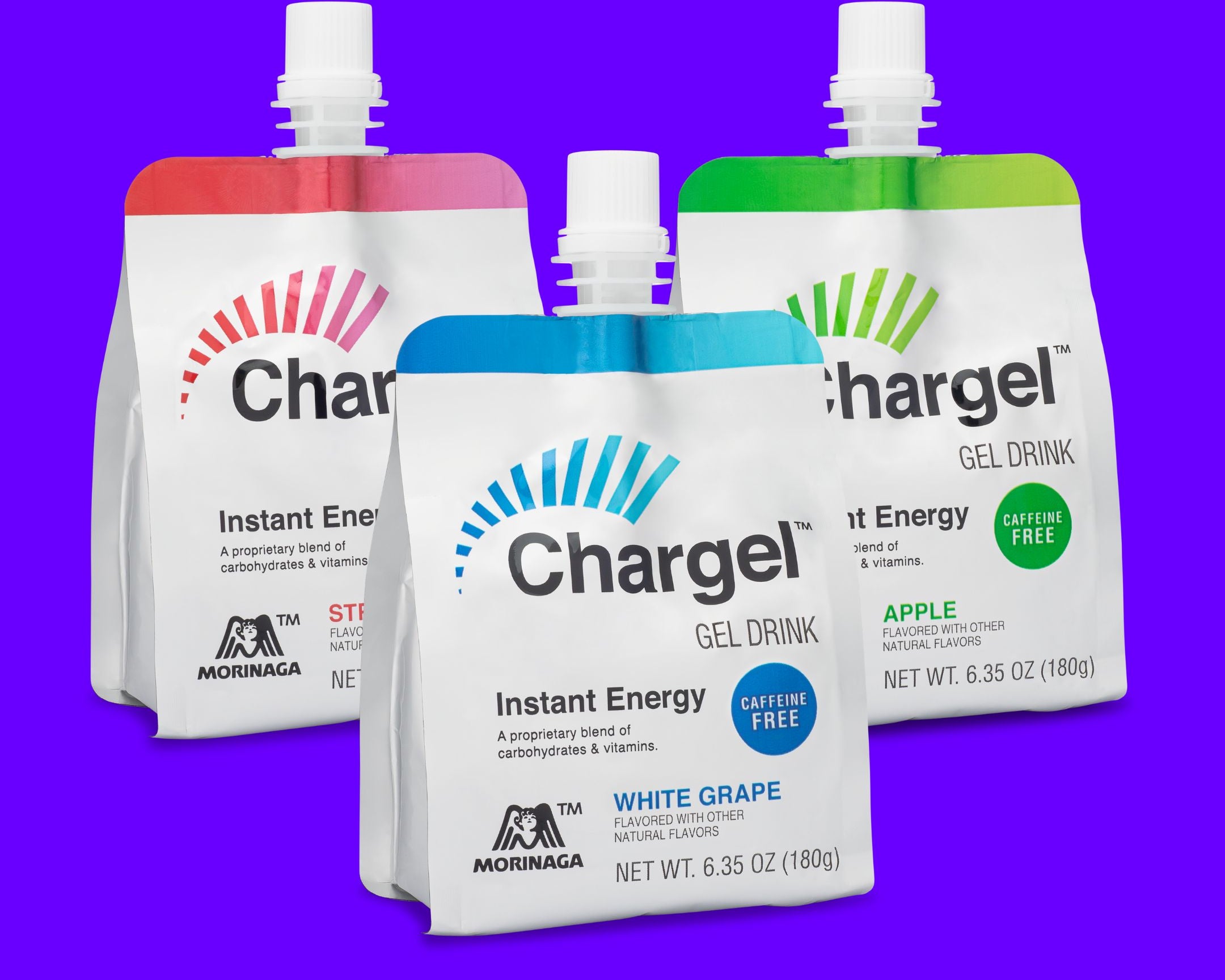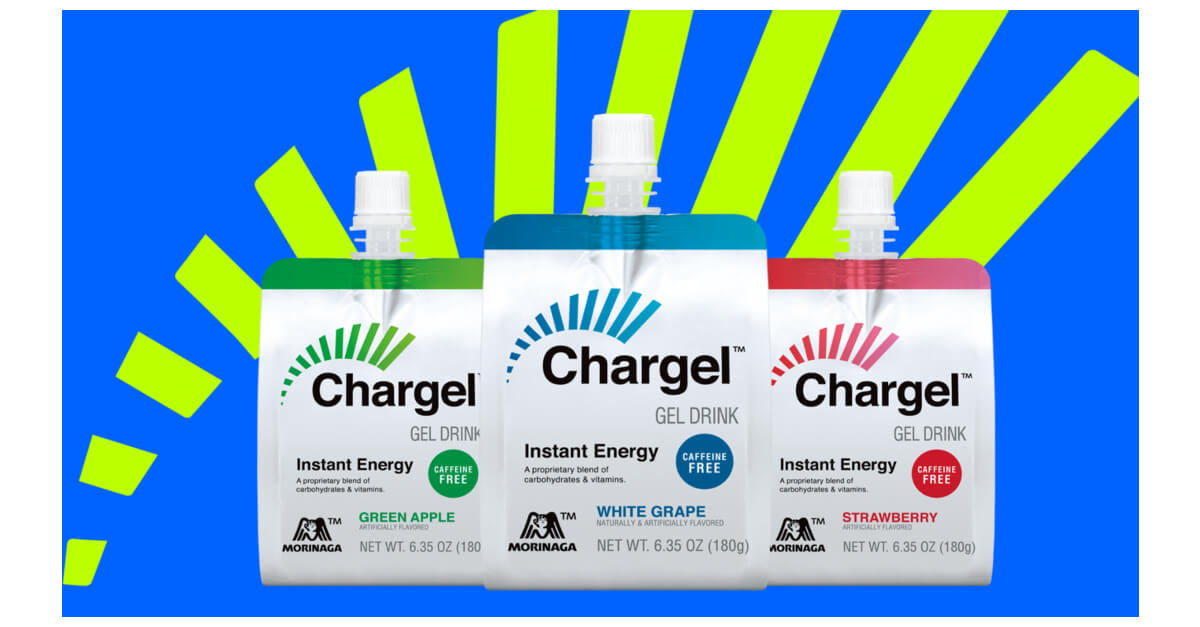 Author Profile: Matt Kadey
Author Profile: Matt Kadey
Matthew “Matt” Kadey is a registered dietitian based in Waterloo, Ontario, Canada who specializes in nutrition pieces and recipe development. Matt is a contributing health writer whose pieces and photography have appeared in a range of online and print publications such as Men’s Health, Women’s Health, Runner’s World, Clean Eating and more.
His work in food journalism earned him a James Beard Award in 2013. He’s published three cookbooks and his philosophy centers on consuming whole foods and getting plenty of exercise so you can eat more of them. You can learn more about Matt by going to www.matthewkadey.com or following along on Instagram and Facebook, @rocketfuelfood, @bt700bikepacking, Facebook.com/rocketfuelfoods and Facebook.com/BT700.
From sports drinks to energy bars, these days there are hundreds of products on the market to help gas your workouts. One of the most popular ways to fuel your body while you're in motion is through the use of so-called energy gels.
If you’re a hard-charging cyclist, long-distance runner, or any kind of other endurance athlete, you likely have some experience with gels as they have historically been part of the sports nutrition strategy for many athletic-minded individuals.
Yet, some athletes are moving away from gels for several reasons. Let us make a case for once again embracing this excellent rocket fuel.

Why Energy Gels Work?
When you exercise, your body primarily uses two sources of fuel to feed your muscles: fat and carbohydrates. While fat is widely available, it’s a less efficient energy source than carbohydrates, which is why working muscles to burn through carbs during long workouts and higher-intensity sweat sessions. As a general rule, the faster you run or the harder you ride, the larger the percentage of your fuel comes from carbohydrates, from what you have stored in your muscles and also what you consume.
But, your body can only store a limited amount of carbohydrates in the muscles in the form of glycogen, so it’s a fleeting energy source. Burn through this, and it’s just a matter of time before your workout pace starts to flounder and you are left wondering why you’ve got dead legs. The magic of gels is that they are typically more concentrated in carbohydrate calories than sports drinks and energy chews, so they can give you a big dose of the simple carbohydrates your muscles need to keep working hard. In other words, gels will help you go harder for longer by serving as an important source of fast-working simple carbs. Keeping blood sugar elevated during exercise by using a gel can also benefit brain functioning resulting in improved mental performance such as concentration and reaction time.
Despite the finer points of gels for athletic performance, there have been people who have bid adieu to them. The reasons for gel pushback are many: dissatisfaction with flavors, stomach revolt after taking a few back, a fear of consuming sugar in general, and an unwanted jolt from caffeine, to name a few. Luckily, Chargel has your back by addressing a number of these concerns.

Easy on the Gut: By supplying fast-working carbohydrates from three different sources – dextrin, sugar, and fruit juice – the carbohydrate energy available from Chargel is more easily and quickly absorbed than that from whole foods and some other sports nutrition products. This greatly diminishes the chances of experiencing gastrointestinal distress and unwanted toilet stops during a workout. The carbohydrates that Chargel is broken down into during digestion, namely glucose and fructose, allow for different sugar transporters to function in the body, making it easier for you to absorb a higher level of carbs and in turn, burn more of them for energy. And that’s a win.
Better Flavors: While energy gels are hugely beneficial for endurance athletes, they’re not to everyone’s taste. Many are too saccharine or have odd aftertastes. The flavors of Chargel – Apple, Strawberry, White Grape - are not overpowering and won’t lead to flavor fatigue by the time you are only halfway through a big workout. Not wanting to consume your fuel can lead to underfueling, resulting in subpar performance.
Enough Carbs: Compared to most gels on the market, a pouch of Chargel delivers a bigger dose of carbohydrate energy – 45 grams in a serving. This is to be celebrated, as general sport nutrition guidelines, including those from the American College of Sports Medicine recommend taking in 30 to 60 grams of carbs for each hour of activity. But, this can be pushed up to 90 grams an hour for fairly intense and very long workouts. Therefore, Chargel is certainly a more efficient way to get the carbs you need.
More Fluid: A unique benefit of Chargel is that it comes bundled with additional liquids that you won’t get with your standard energy gels. This serves the important purpose of lowering the carbohydrate concentration (amount of carbohydrates in the product volume) to a level more similar to natural foods that could possibly make the gel easier to digest for some people.
Goes Down Easy: Not everyone is a superfan of the gloppy texture of many gels. The drink-like texture of Chargel makes it easier to swallow when you are on the go.
No Jitters: Many gels marketed to athletes contain caffeine. While this stimulant can help some people perform better, not everyone is a fan of consuming caffeine, as it can result in some undesirable side-effects. So, it’s good to know that all the gels from Chargel are free of caffeine.

When Should You Use Energy Gels?
While the perfect time to take an energy gel depends on the individual, there are two main periods where using Chargel can be most helpful. To stay energized from the start to the finish line, it’s wise to consume a gel every 45 minutes along the way for activities that last longer than 75-90 minutes. Using a gel before a workout is another opportunity to top up your energy reserves and provide a last-minute dose of fast-digesting usable carbohydrates. So, if you are gearing up for a hard workout you could try taking a Chargel about 15 minutes before working up a sweat.
So, there you have it, a good argument why gels are a tool that athletes can use to optimize their performance and why Chargel has what it takes to get you to the finish line still feeling energized and without the gut rot.










elecroindrive.com
elecroindrive.com
elecroindrive.com
elecroindrive.com
elecroindrive.com
elecroindrive.com
elecroindrive.com
elecroindrive.com
elecroindrive.com
elecroindrive.com
elecroindrive.com
elecroindrive.com
elecroindrive.com
elecroindrive.com
elecroindrive.com
elecroindrive.com
elecroindrive.com
elecroindrive.com
elecroindrive.com
elecroindrive.com
elecroindrive.com
elecroindrive.com
elecroindrive.com
elecroindrive.com
elecroindrive.com
elecroindrive.com
elecroindrive.com
elecroindrive.com
elecroindrive.com
elecroindrive.com
elecroindrive.com
elecroindrive.com
elecroindrive.com
elecroindrive.com
elecroindrive.com
elecroindrive.com
elecroindrive.com
elecroindrive.com
elecroindrive.com
elecroindrive.com
elecroindrive.com
elecroindrive.com
elecroindrive.com
elecroindrive.com
elecroindrive.com
elecroindrive.com
elecroindrive.com
elecroindrive.com
elecroindrive.com
elecroindrive.com
elecroindrive.com
elecroindrive.com
elecroindrive.com
elecroindrive.com
elecroindrive.com
elecroindrive.com
elecroindrive.com
elecroindrive.com
elecroindrive.com
elecroindrive.com
elecroindrive.com
elecroindrive.com
elecroindrive.com
elecroindrive.com
elecroindrive.com
elecroindrive.com
elecroindrive.com
elecroindrive.com
elecroindrive.com
elecroindrive.com
elecroindrive.com
elecroindrive.com
elecroindrive.com
elecroindrive.com
elecroindrive.com
elecroindrive.com
elecroindrive.com
elecroindrive.com
elecroindrive.com
elecroindrive.com
elecroindrive.com
elecroindrive.com
elecroindrive.com
elecroindrive.com
elecroindrive.com
elecroindrive.com
elecroindrive.com
elecroindrive.com
elecroindrive.com
elecroindrive.com
elecroindrive.com
elecroindrive.com
elecroindrive.com
elecroindrive.com
elecroindrive.com
elecroindrive.com
elecroindrive.com
elecroindrive.com
elecroindrive.com
elecroindrive.com
elecroindrive.com
elecroindrive.com
elecroindrive.com
elecroindrive.com
elecroindrive.com
elecroindrive.com
elecroindrive.com
elecroindrive.com
elecroindrive.com
elecroindrive.com
elecroindrive.com
elecroindrive.com
elecroindrive.com
elecroindrive.com
elecroindrive.com
elecroindrive.com
elecroindrive.com
elecroindrive.com
elecroindrive.com
elecroindrive.com
elecroindrive.com
elecroindrive.com
elecroindrive.com
elecroindrive.com
elecroindrive.com
elecroindrive.com
elecroindrive.com
elecroindrive.com
elecroindrive.com
elecroindrive.com
elecroindrive.com
elecroindrive.com
elecroindrive.com
elecroindrive.com
elecroindrive.com
elecroindrive.com
elecroindrive.com
elecroindrive.com
elecroindrive.com
elecroindrive.com
elecroindrive.com
elecroindrive.com
elecroindrive.com
elecroindrive.com
elecroindrive.com
elecroindrive.com
elecroindrive.com
elecroindrive.com
elecroindrive.com
elecroindrive.com
elecroindrive.com
elecroindrive.com
elecroindrive.com
elecroindrive.com
elecroindrive.com
elecroindrive.com
elecroindrive.com
elecroindrive.com
elecroindrive.com
elecroindrive.com
elecroindrive.com
elecroindrive.com
elecroindrive.com
elecroindrive.com
elecroindrive.com
elecroindrive.com
elecroindrive.com
elecroindrive.com
elecroindrive.com
elecroindrive.com
elecroindrive.com
elecroindrive.com
elecroindrive.com
elecroindrive.com
elecroindrive.com
elecroindrive.com
elecroindrive.com
elecroindrive.com
elecroindrive.com
elecroindrive.com
elecroindrive.com
elecroindrive.com
elecroindrive.com
elecroindrive.com
elecroindrive.com
elecroindrive.com
elecroindrive.com
elecroindrive.com
elecroindrive.com
elecroindrive.com
elecroindrive.com
elecroindrive.com
elecroindrive.com
elecroindrive.com
elecroindrive.com
elecroindrive.com
elecroindrive.com
elecroindrive.com
elecroindrive.com
elecroindrive.com